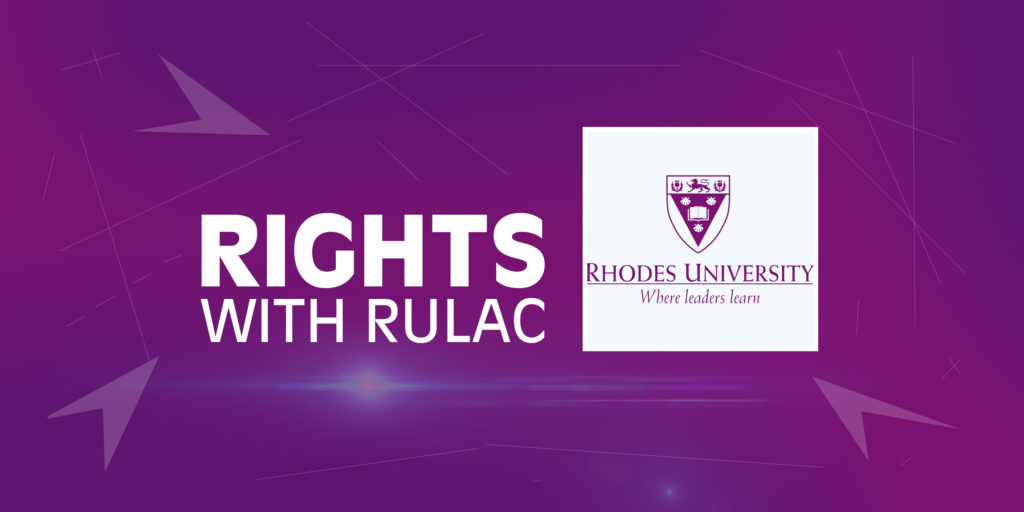By Siphokazi Mlindazwe and Emma Charlene Lubaale
Statistics by the South African Police Service (SAPS) and others have established that domestic violence is pervasive in South Africa’s society. The forms of domestic violence are multiple, ranging from physical abuse, sexual harassment, harassment, and socio-economic abuse. A critical question that one might ask is – can there be a legal intervention to this social ill and, if so, what are some of the laws that provide a basis for such intervention? To answer this question, the Domestic Violence Act 116 of 1998 (DVA) is one of the laws we can rely on. This Act was preceded by the Prevention of Family Violence Act 133 of 1993. The DVA sought to address the gaps in the Prevention of Violence Act because the latter had proven ineffective. Thus, cognisant of the immense social ill that domestic violence presents to society, the DVA was enacted to protect victims of domestic violence.
What is Domestic Violence according to the DVA?
For one to rely on the legal interventions provided for under the DVA, it has to be established that such a person has suffered domestic violence. Section One of the DVA is quite comprehensive in its description of what constitutes domestic violence:
- Physical abuse;
- Sexual abuse;
- Emotional, psychological, and verbal abuse;
- Economic abuse;
- Intimidation;
- Harassment;
- Stalking;
- Damage to property;
- Entry into the complainant’s residence without consent, where the parties do not share the same residence; or
- Any other controlling or abusive behaviour towards a complainant where such conduct harms, or may cause imminent harm, to the safety, health, or wellbeing of the complainant.
What is a domestic relationship?
One of the legal interventions under the DVA that aims to protect victims of domestic violence is the protection order. The DVA allows anyone in a domestic relationship to apply for a protection order at their nearest magistrate’s court. A domestic relationship refers to a relationship between the complainant and respondent (any person who has committed or allegedly committed an act of domestic violence, against the complainant). The different ways types of domestic relationships include:
- A married or divorced couple, including marriage according to any law, custom, or religion;
- Unmarried persons (opposite or same-sex) who live or previously lived together in a relationship similar to marriage;
- Parents to a child or guardians with parental responsibility for that child;
- Family members related by consanguinity, affinity, or adoption;
- An engaged or formerly engaged couple, persons who are dating, or in a customary relationship, including an actual or perceived romantic relationship, intimate or sexual relationship for any duration; or
- Persons who share or recently shared the same residence
To summarise, for one to rely on the legal interventions provided for under the DVA, it has to be established that such a person has suffered ‘domestic violence’ and that such violence occurred in the context of a ‘domestic relationship’. In our next article, we will deal with the practical mechanisms for applying for a protection order.
(Siphokazi Mlindazwe is a Candidate Attorney at the Rhodes University Law Clinic, and Emma Charlene Lubaale is Associate Professor at the Rhodes University Faculty of Law).


